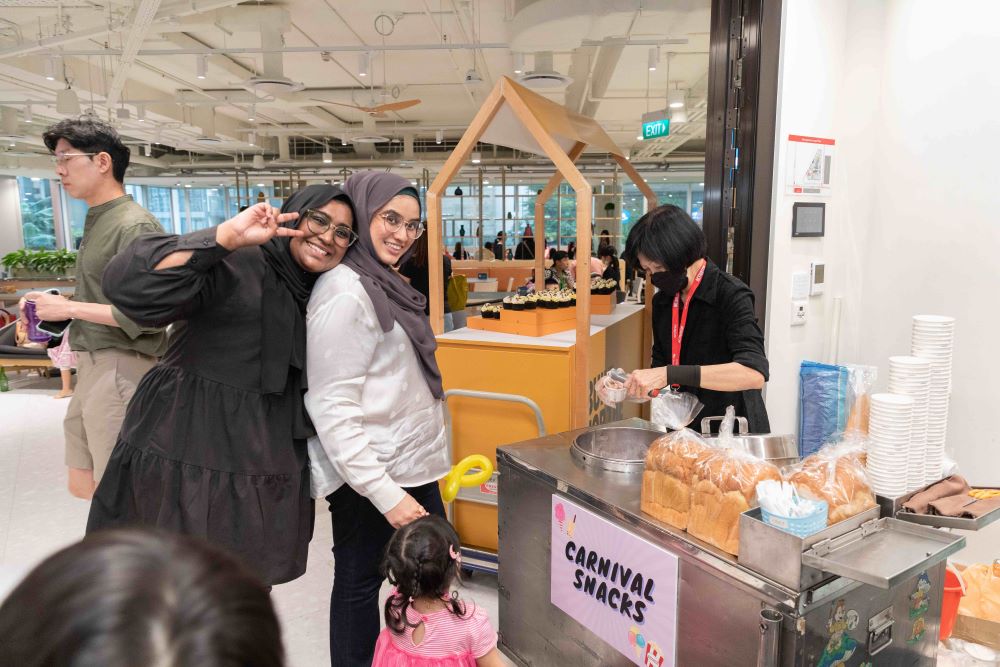The Art of Networking: Making Connections at Professional Events
Networking can often feel like a daunting task, especially at professional events where the stakes are high and the crowd is large. Yet, mastering the art of networking is crucial for career growth, business development, and personal advancement. This guide will help you navigate the complexities of making meaningful connections and turn networking from a stressful task into a rewarding experience.
1. Prepare in Advance
Know Your Goals: Before you attend an event, clarify what you hope to achieve. Are you looking for new job opportunities, potential clients, or partnerships? Having clear goals will help you target your efforts and make the most of your time.
Research Attendees and Speakers: Take some time to research who will be attending or speaking at the event. LinkedIn and event websites are great resources for this. Knowing who you want to connect with will help you prioritize your interactions and prepare conversation starters.
Prepare Your Elevator Pitch: Craft a concise and engaging summary of who you are, what you do, and what you’re looking for. This “elevator pitch” should be brief but impactful, making it easy for others to remember you.
2. Master the Art of Conversation
Start with a Smile: A warm smile is a universal icebreaker. It makes you appear approachable and sets a positive tone for the interaction.
Ask Open-Ended Questions: Instead of asking yes-or-no questions, try to initiate conversations that encourage detailed responses. Questions like “What brought you to this event?” or “What are your current projects?” can lead to more engaging discussions.
Listen Actively: Show genuine interest in the other person’s responses. Active listening involves nodding, maintaining eye contact, and responding thoughtfully. This not only helps build rapport but also provides you with valuable information for future conversations.
Find Common Ground: Identify shared interests or experiences to build a connection. Whether it’s a mutual acquaintance, industry challenges, or similar hobbies, common ground can make your interaction more memorable and meaningful.
3. Make a Lasting Impression
Be Authentic: Authenticity is key to building genuine relationships. Avoid exaggerations or trying to be someone you’re not. People appreciate sincerity and are more likely to remember you positively if you are yourself.
Follow Up Promptly: After the event, follow up with the people you connected with. A simple message thanking them for their time and referencing something specific from your conversation can reinforce the connection. Use LinkedIn or email to maintain the relationship and keep the conversation going.
Offer Value: Networking is a two-way street. Look for ways you can provide value to your new contacts, whether it’s sharing resources, offering introductions, or giving advice. Being helpful builds goodwill and strengthens your network.
4. Leverage Technology
Utilize Networking Apps: Many events have dedicated apps that allow you to connect with other attendees. These platforms can help you schedule meetings, exchange contact information, and keep track of your interactions.
Manage Contacts Effectively: Use digital tools to organize and manage your contacts. Apps like Evernote or CRM software can help you keep track of details about each connection and set reminders for follow-ups.
5. Evaluate and Reflect
Assess Your Experience: After the event, take some time to evaluate what went well and what could be improved. Reflect on your conversations, the effectiveness of your pitch, and the overall impact of your networking efforts.
Adjust Your Strategy: Based on your reflections, adjust your approach for future events. Continuous improvement is key to becoming a more effective networker.
Conclusion
Networking is more than just exchanging business cards; it’s about building meaningful relationships that can foster personal and professional growth. By preparing in advance, mastering conversational skills, making lasting impressions, leveraging technology, and reflecting on your experiences, you can transform networking from a daunting task into an opportunity for success. Embrace these strategies, and you’ll find that connecting with others at professional events becomes a natural and rewarding part of your career journey.
To head back to read another article in our blog, click here.

